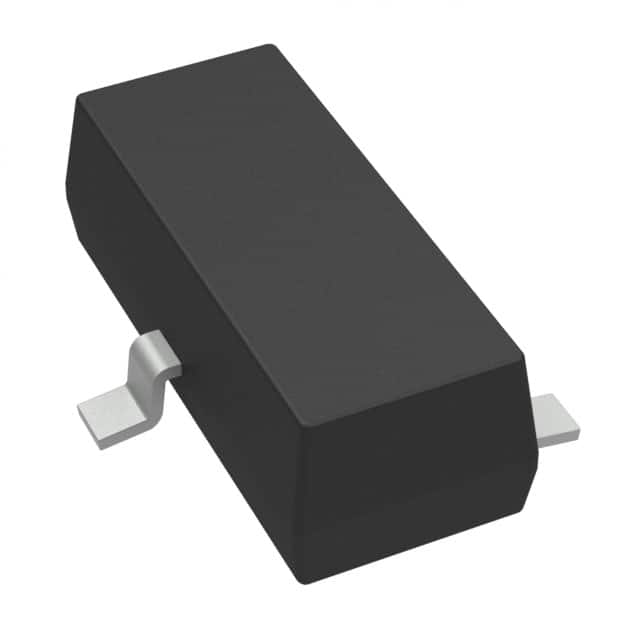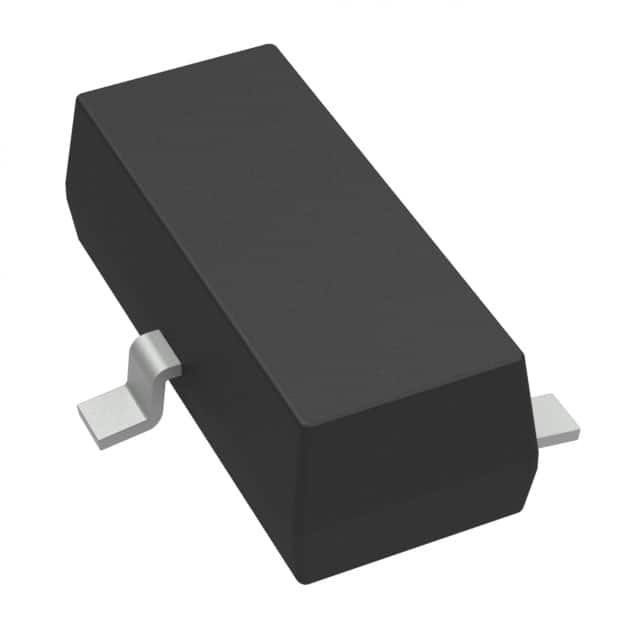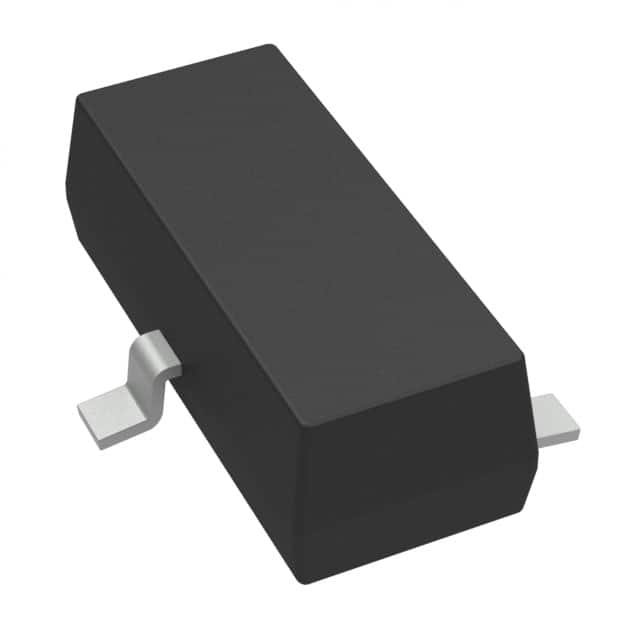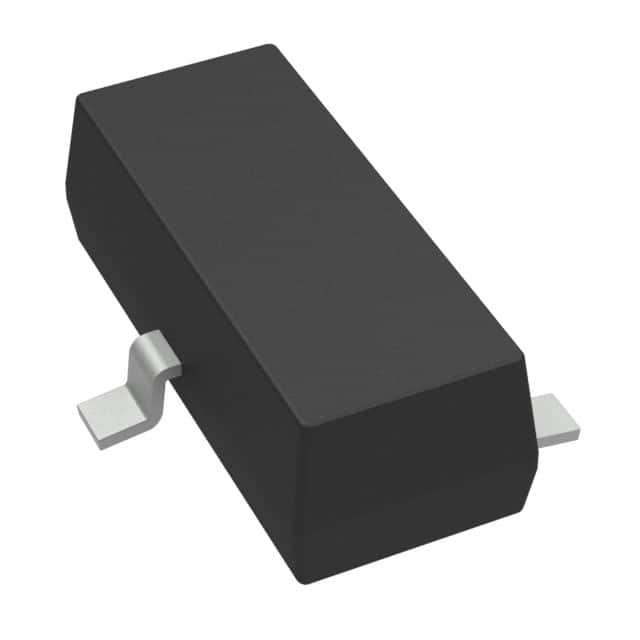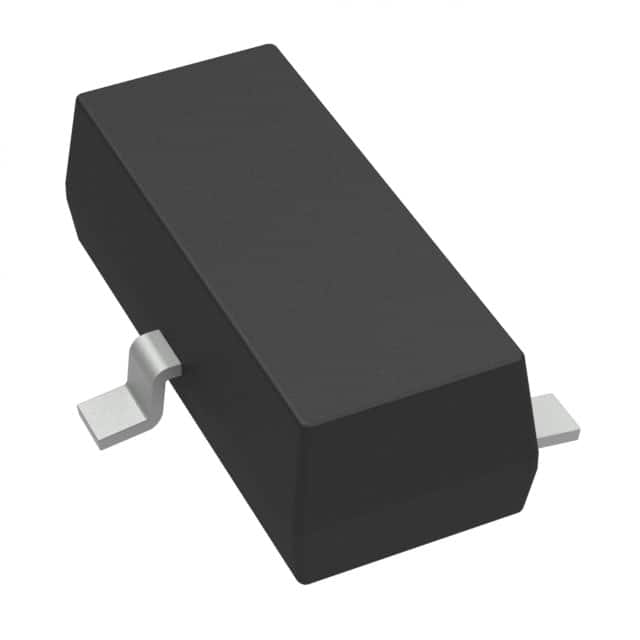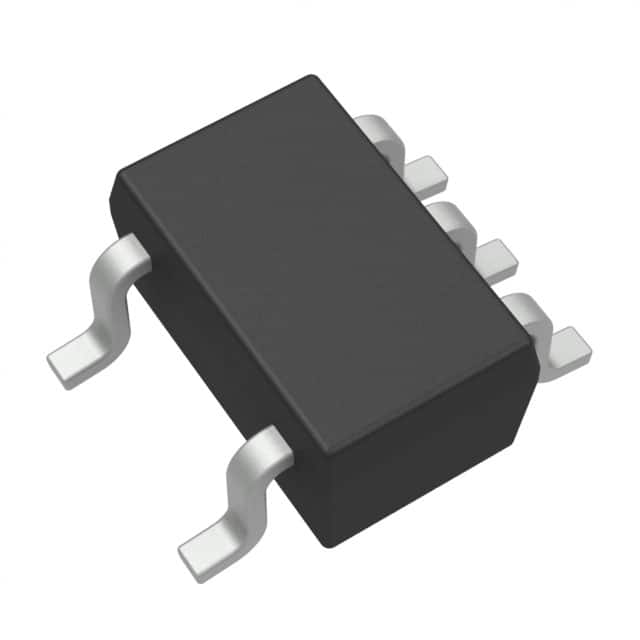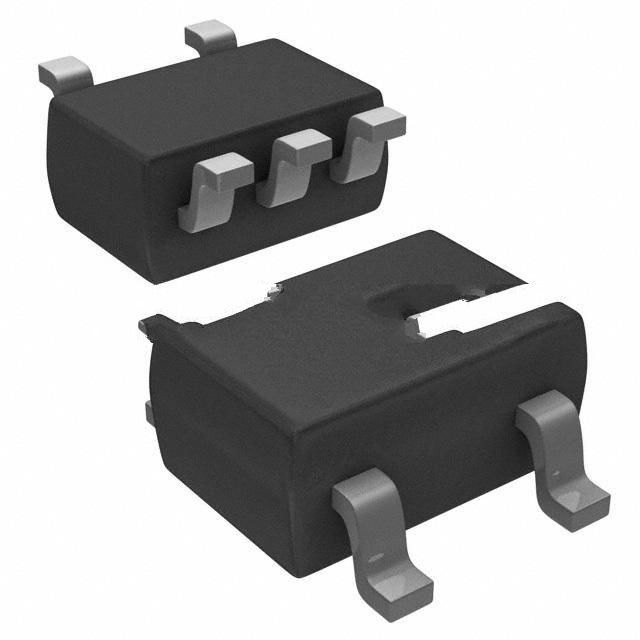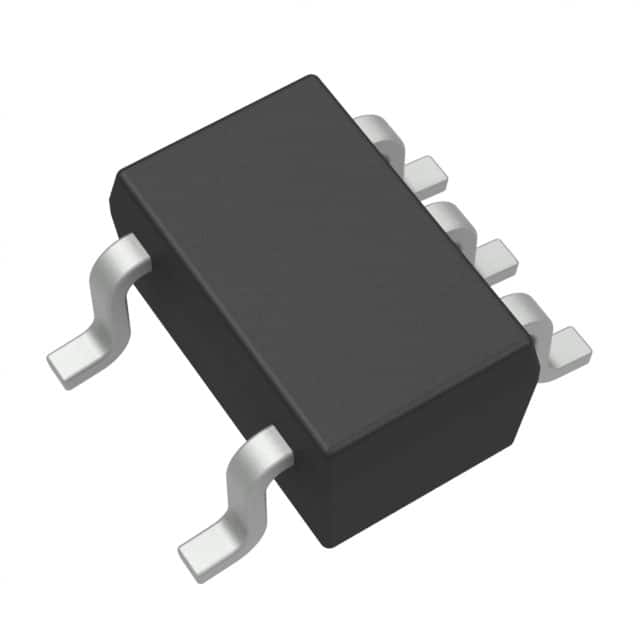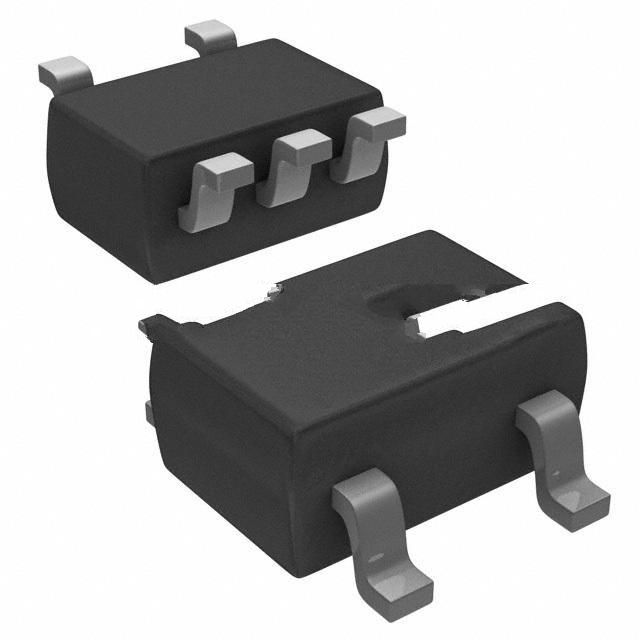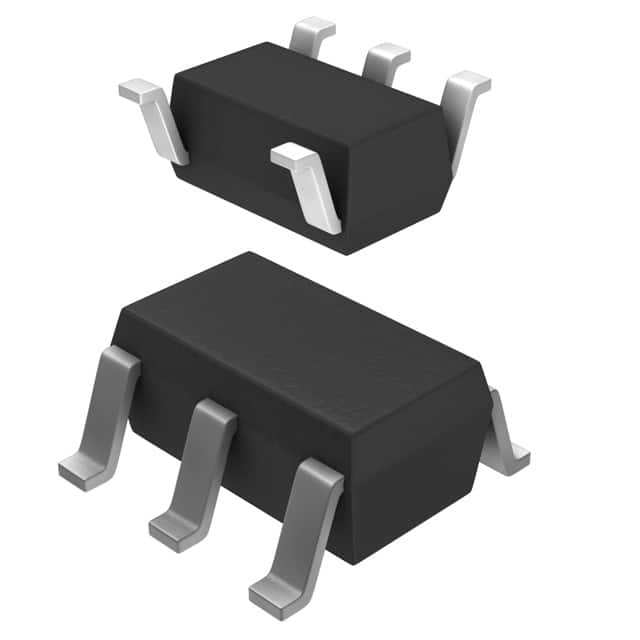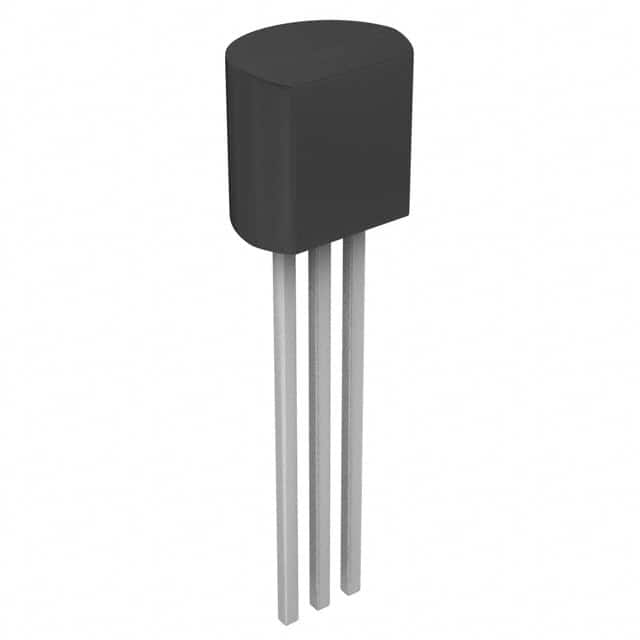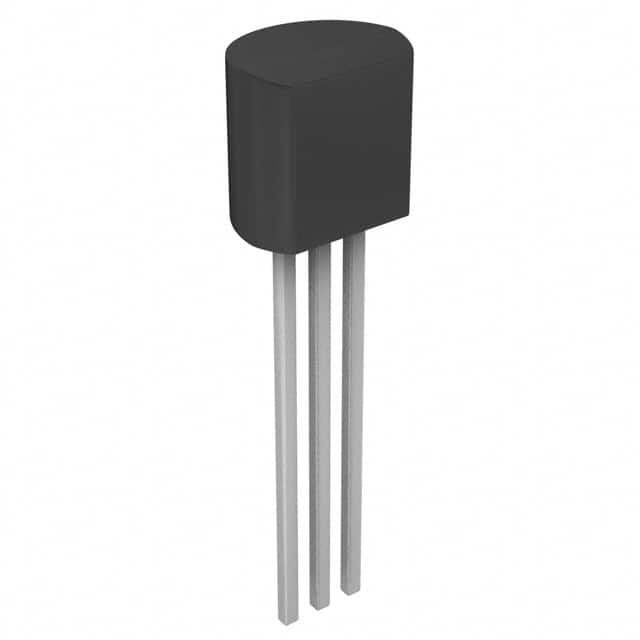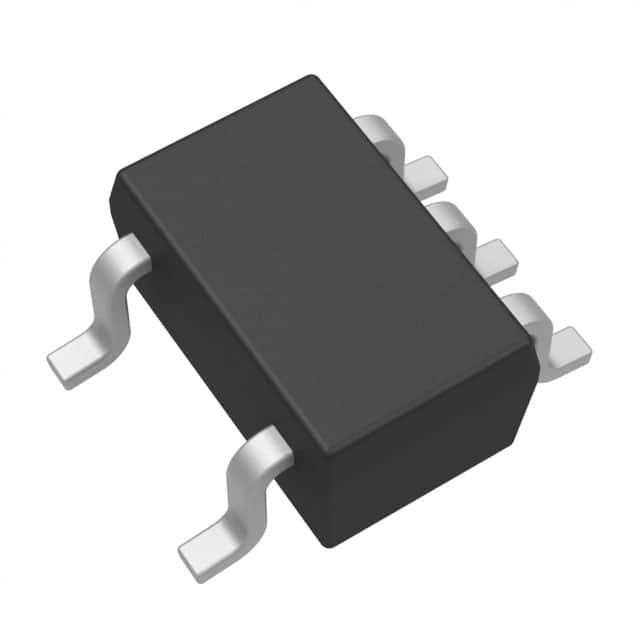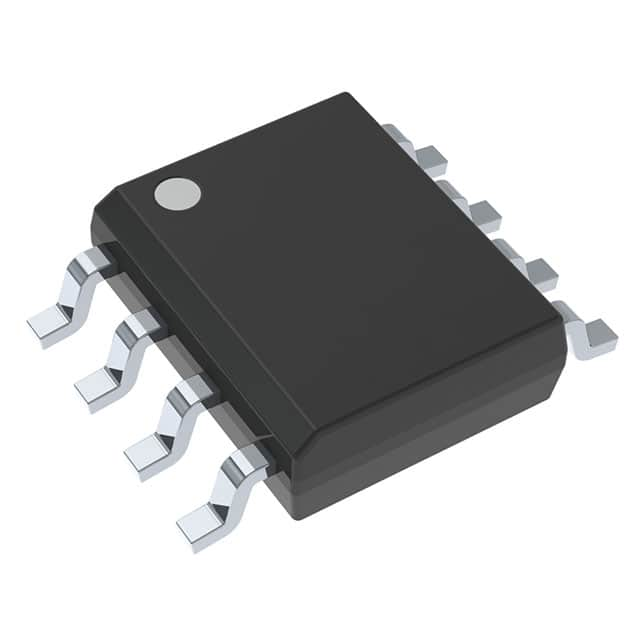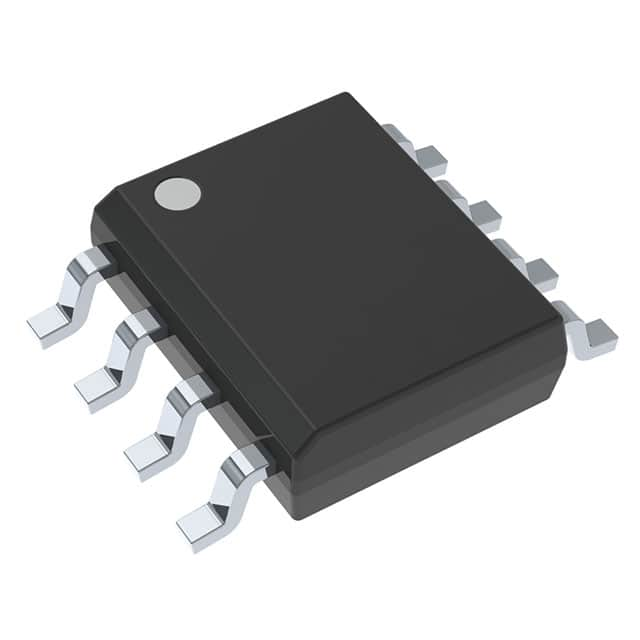LM4040QEIM3-2.5/NOPB Product Introduction:
Texas Instruments Part Number LM4040QEIM3-2.5/NOPB(PMIC - Voltage Reference), developed and manufactured by Texas Instruments, distributed globally by Jinftry. We distribute various electronic components from world-renowned brands and provide one-stop services, making us a trusted global electronic component distributor.
LM4040QEIM3-2.5/NOPB is one of the part numbers distributed by Jinftry, and you can learn about its specifications/configurations, package/case, Datasheet, and other information here. Electronic components are affected by supply and demand, and prices fluctuate frequently. If you have a demand, please do not hesitate to send us an RFQ or email us immediately sales@jinftry.com Please inquire about the real-time unit price, Data Code, Lead time, payment terms, and any other information you would like to know. We will do our best to provide you with a quotation and reply as soon as possible.
Introducing the Texas Instruments LM4040QEIM3-2.5/NOPB, a high-precision voltage reference that is designed to meet the demanding requirements of various applications. This voltage reference offers a fixed output voltage of 2.5V with an impressive accuracy of ±0.1% at room temperature, making it an ideal choice for precision measurement and control systems.
One of the key features of the LM4040QEIM3-2.5/NOPB is its low temperature coefficient, which ensures stable and accurate performance across a wide temperature range. With a typical temperature coefficient of 20ppm/°C, this voltage reference is suitable for applications that require precise voltage references in harsh environments.
The LM4040QEIM3-2.5/NOPB is housed in a small SOT-23 package, making it easy to integrate into space-constrained designs. It operates from a supply voltage range of 2.7V to 10V, making it compatible with a wide range of power sources.
This voltage reference finds applications in various fields, including industrial automation, medical equipment, and portable devices. It can be used as a stable voltage reference for analog-to-digital converters, digital-to-analog converters, and voltage regulators. Additionally, it can be used in precision measurement instruments, temperature sensors, and battery management systems.
In summary, the Texas Instruments LM4040QEIM3-2.5/NOPB is a high-precision voltage reference that offers excellent accuracy, low temperature coefficient, and compact size. Its versatility and reliability make it an ideal choice for a wide range of applications in different industries.
Voltage Reference is an electronic component or circuit that provides accurate and stable voltage output. It is the standard used to establish the reference voltage in many electronic systems. The voltage reference can be a standalone integrated circuit (IC) or it can be a component included in a larger system. The output voltage of the voltage reference is usually very stable and is not affected by factors such as temperature changes, power supply voltage fluctuations, etc., which makes it an indispensable component in electronic design.
Application
Voltage Reference has a wide range of applications, covering almost all electronic devices and systems that require high-precision voltage reference. In the field of industrial automation, voltage reference is used in precision measuring instruments and sensor signal processing in process control systems to ensure the accuracy of measurement data and the stability of control processes. In the field of communication, as a reference voltage source for key components such as clock generator and signal modulator, it is very important to ensure the quality of communication. In the field of consumer electronics, with the popularity of smart devices, the demand for power management is increasing, and voltage reference plays an important role in battery management systems and charge control. In addition, in the field of medical electronics, aerospace, scientific research and other high-precision requirements.
FAQ about PMIC - Voltage Reference
-
1. How to choose a voltage reference?
Voltage references are used in the following situations:
As a reference for measurement: When measuring voltage, the voltage reference provides a stable reference point, making the measurement result more accurate and reliable. When measuring, the negative end of the voltmeter is grounded and the positive end is connected to the measured point, so that the measured value is the voltage value of the measured point.
Adjust and calibrate other circuit elements: The reference voltage can be used to adjust and calibrate other circuit elements to improve the performance of the entire system. By comparing with the reference voltage, various parameters in the circuit can be accurately adjusted to ensure the stability and accuracy of the system.
Setting thresholds and judgments: In comparison circuits, reference voltages are used to set thresholds and make judgments. By comparing with the reference voltage, the rationality of various states and signals in the circuit can be determined.
-
2. What is a reference voltage IC?
A reference voltage IC is a voltage reference IC. A voltage reference IC is a precise, temperature-compensated voltage source that can provide a specific output voltage value, such as 1.225V, 4.096V or 10.000V. They are mainly used to provide a stable and precise voltage reference in various electronic systems to ensure the stability and reliability of the system.
There are two main types of voltage reference ICs: shunt voltage reference ICs and series voltage reference ICs. The shunt voltage reference IC uses an external series resistor to set the maximum current supplied to the load. It is suitable for situations where the load is almost constant and the power supply changes very little. The series voltage reference IC contains a voltage reference and an amplifier that controls the output voltage. It is suitable for situations where the load current is variable and the output voltage changes strictly when the temperature changes.
-
3. What is a voltage reference IC?
A voltage reference IC is an integrated circuit used to provide a stable voltage reference point. It is widely used in various electronic circuits to ensure the normal operation of other circuits. Voltage reference ICs are key components for high-precision data acquisition and processing, and are often used in measuring instruments, control systems and other fields.
The working principle of a voltage reference IC is to convert a DC power supply or battery-powered AC power into a low-voltage differential voltage signal output by reducing the voltage through a resistor, and then convert it into a digital quantity by an analog-to-digital conversion circuit. Such devices play an important role in various measuring instruments, meters and control systems.
 Lead free / RoHS Compliant
Lead free / RoHS Compliant



